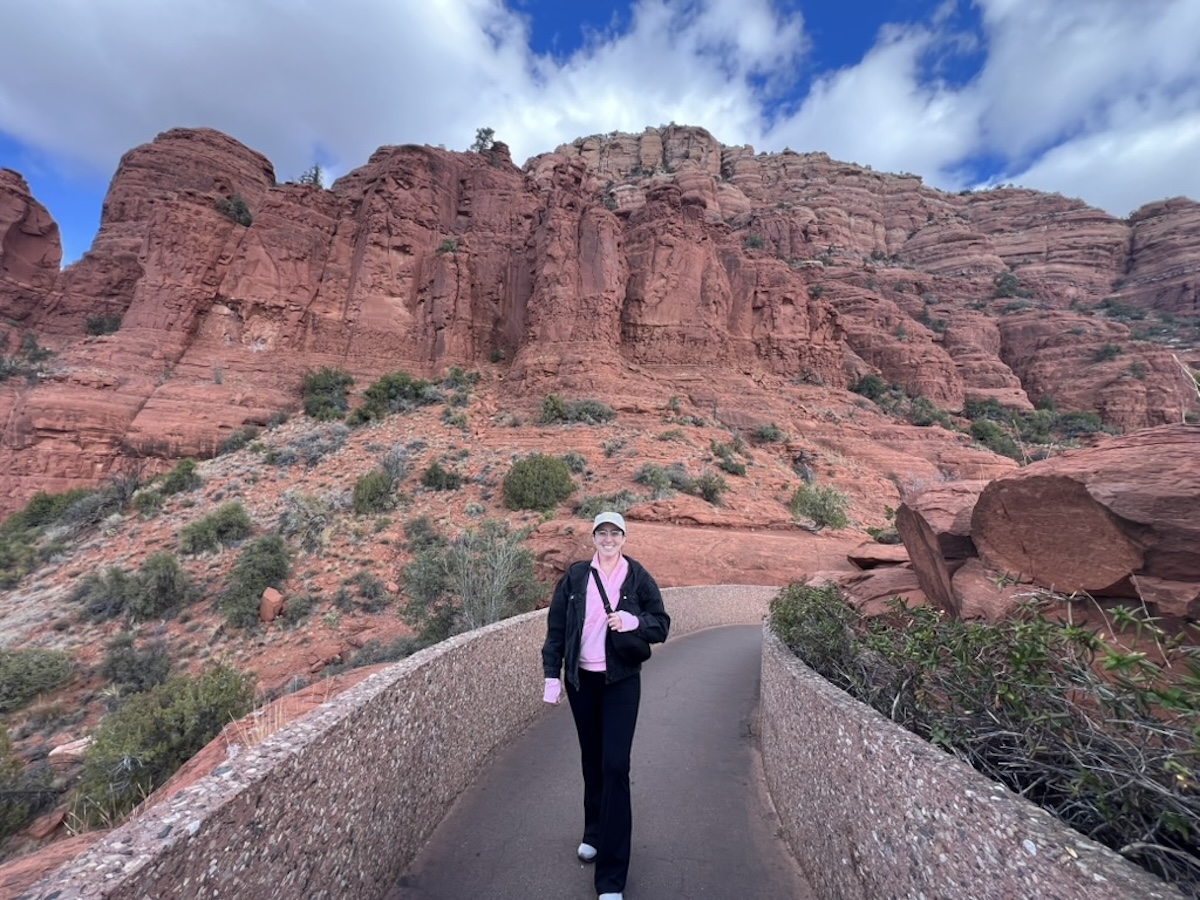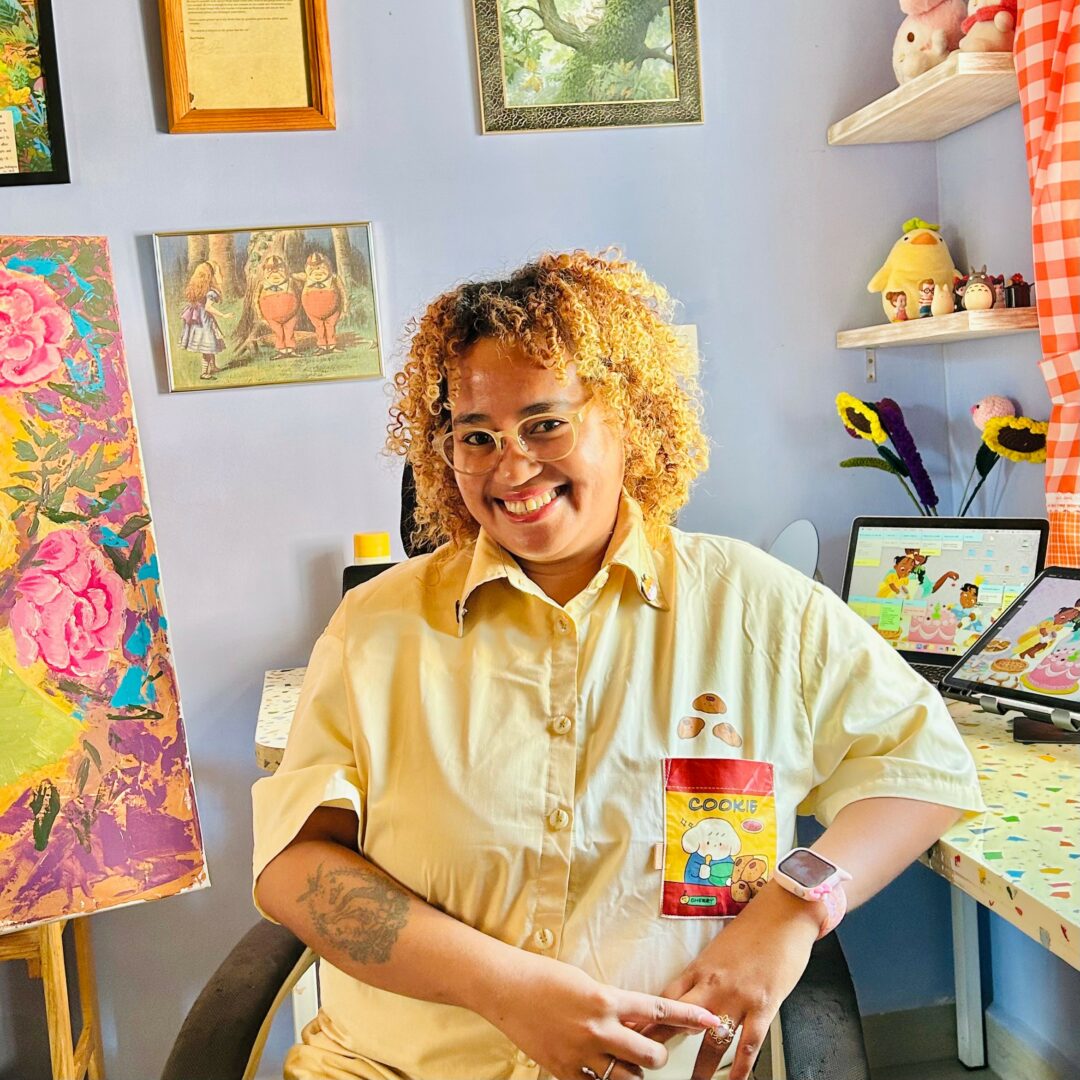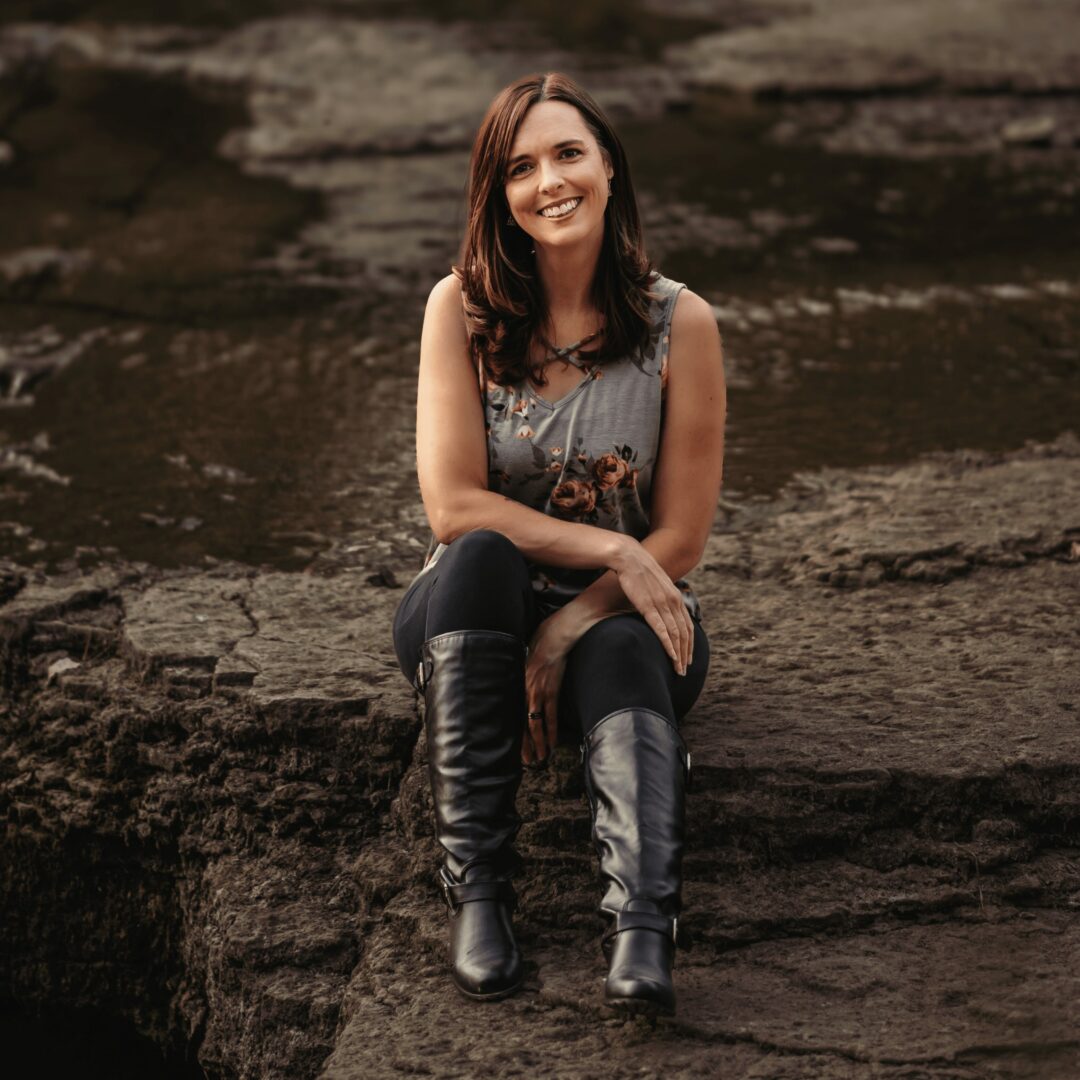We were lucky to catch up with Chloe Compton recently and have shared our conversation below.
Chloe, appreciate you making time for us and sharing your wisdom with the community. So many of us go through similar pain points throughout our journeys and so hearing about how others overcame obstacles can be helpful. One of those struggles is keeping creativity alive despite all the stresses, challenges and problems we might be dealing with. How do you keep your creativity alive?
To keep my creativity alive, I immerse myself in the natural environments that inspire my work and seek new ways to document and interact with these spaces. Regular walks and hikes allow me to collect fragments and observe the subtle changes in the landscape, which fuels my creative process. My artistic practice revolves around finding ways to explore the connection between memory and landscapes, so I find that staying engaged with the environment is essential.
My grandparents have always had a great appreciation for the natural world, my grandmother has a rock collection that I have always loved and I feel that in someways I inherited my love of nature from my grandparents. Collecting from and documenting natural landscapes provides a rich source of material for my work and deepens my understanding of how nature’s ephemerality mirrors the fluidity of memory. Each fragment I collect and each observation I make become part of a larger conversation about the interplay between remembering and forgetting.
Additionally, I draw on personal experiences and family history, which adds layers of meaning to my work. I reflect on these personal connections and their relationship to the natural world, as I spend time in nature, and over time personal narratives intertwine with the landscape I am documenting. I often develop questions and metaphors from what I gather and document. These questions fuel the creation of different sculptural assemblages, collages, and drawings which serve as material archives of a sort.

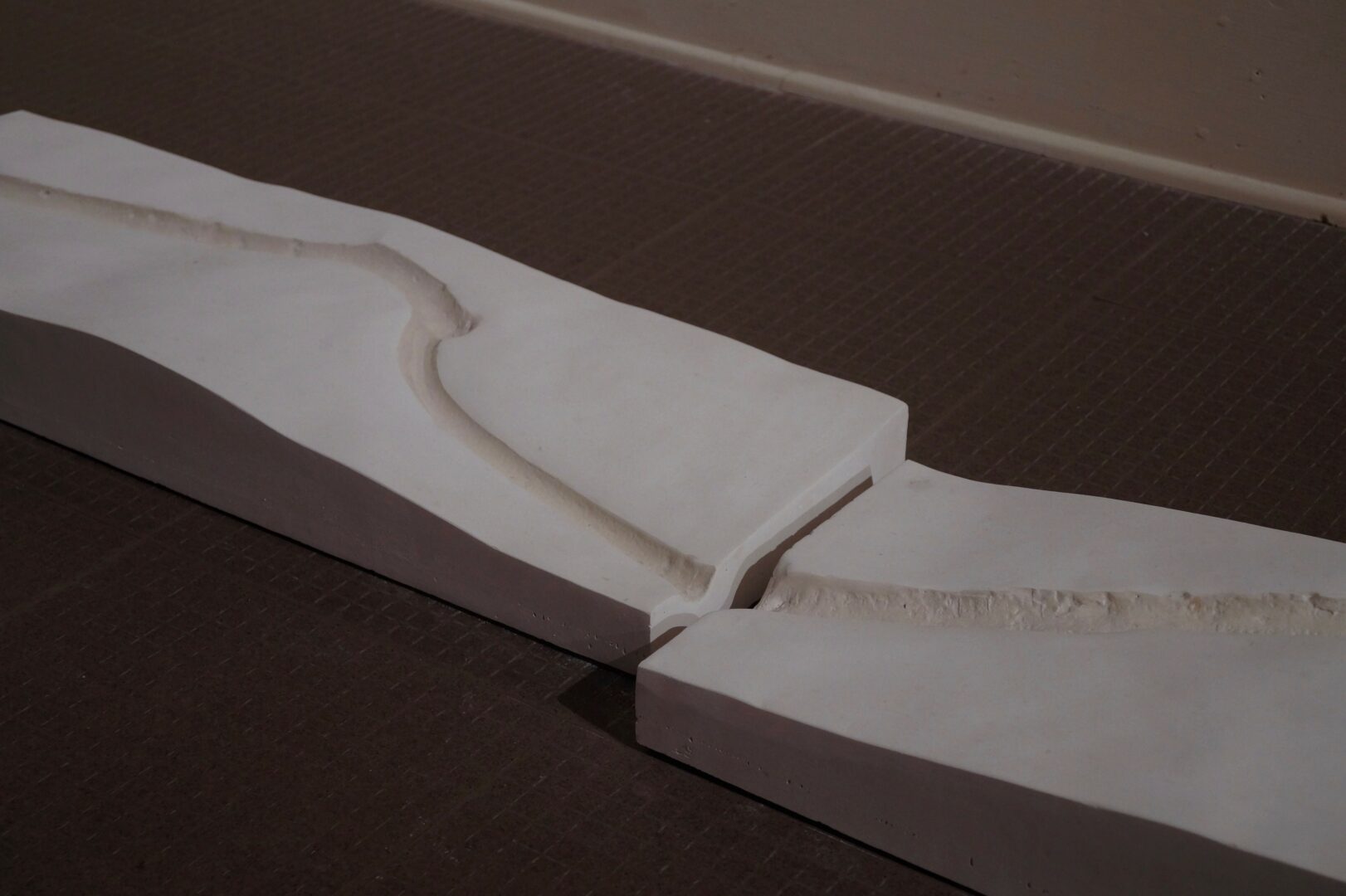
Thanks for sharing that. So, before we get any further into our conversation, can you tell our readers a bit about yourself and what you’re working on?
I am an interdisciplinary artist and educator based in the Piedmont region of South Carolina. My work combines ceramics, sculpture, and printmaking into a practice that explores specific places and memories. One question that I continue to investigate in my art practice is how natural materials and casting processes can create a tangible representation of memory. I draw inspiration from personal narratives, family history, and the environment around me—especially places like the Conestee Nature Preserve in Mauldin, South Carolina. This nature preserve holds a special place in my creative practice as it is both contains areas of restored hardwood forests and a wetlands which blend together forming a beautiful network of water channels and ponds. These trees and waterways are what became the focus of my most recent body of work “To Excavate an Absence”.
In this sculptural body of work I created works that contemplated memories and familial stories through different sculptural assemblages. I used a wide variety of natural materials like clay, steel, concrete, plaster, fabric, graphite, and found objects, as well as cast light from a projection of my family tree to create strong shadows. One of the aspects I wanted to focus on in this body of work is the ephemerality of memory. I used mold making techniques and collected branches to create sculptures depicting different channels, based on the tributaries which run through the preserve. These sculptures created from plaster, capture the way water slowly erodes and changes soil, becoming a metaphor for the fragility of memory.
Many of the materials I used to create this body of work were found and collected in the Piedmont region where I grew up. I find that utilizing materials that have personal significance helps me to make intuitive decisions as I layer and arrange sculptural works. One work in particular from “To Excavate an Absence” titled “Remnants From a Hurricane” was inspired by images of archeological digs and a specific faint memory. When I was young, my mother shared a story of how she found a framed print of two birds in the wreckage of Hurricane Hugo. I was interested in what it would look like to create a sculpture which depicted the process one goes through when trying to recollect a story. I began by collecting clay with my grandfather, to form the base of the sculpture, I then cast concrete replicas of the framed print my mother found after the tropical storm. This experience of collaborating with family members to create a sculpture has influenced how I think about sourcing materials and the context that they can bring to a work.
In this body of work and in my current studio practice I strive to create a space for reflection, where viewers can engage with the interplay between the natural world and abstracted familiar structures. By utilizing a limited color palette and focusing materials, I hope to create works which prompt a dialogue on the importance the environment plays in how we create meaning in our lives. Currently, I am teaching art courses at the college level, which allows me to share my passion for creating art and the environment with the next generation of artists. I am also excited to have my work featured in upcoming exhibitions, including the ArtPop Times Square Exhibition in New York City and other juried exhibitions.

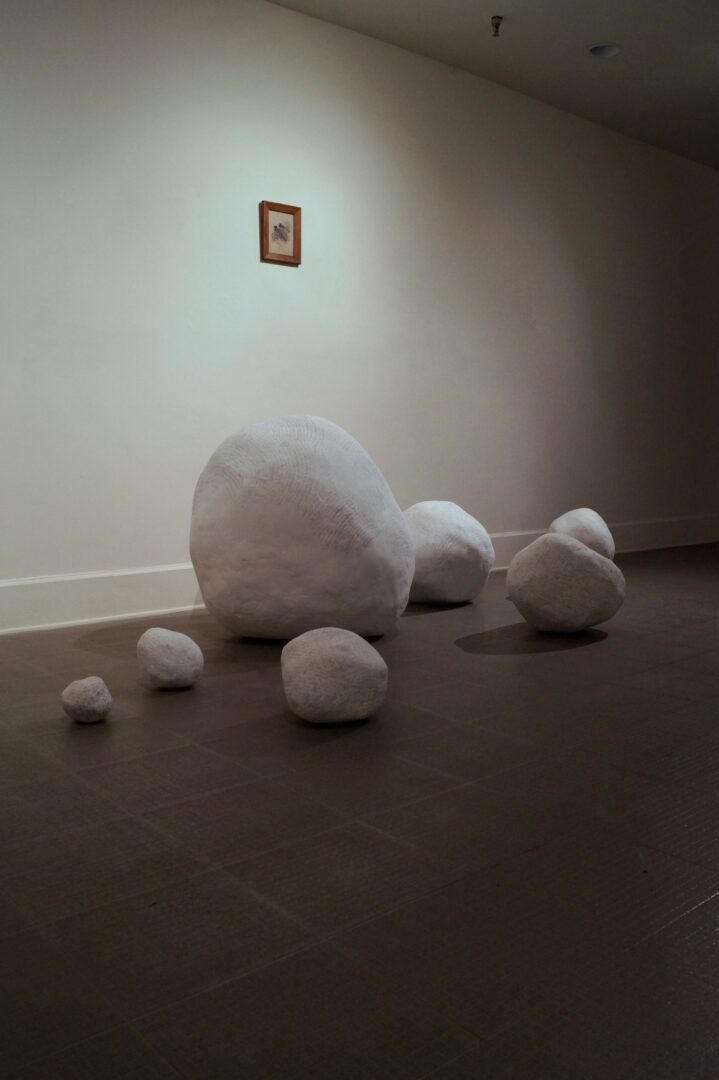
There is so much advice out there about all the different skills and qualities folks need to develop in order to succeed in today’s highly competitive environment and often it can feel overwhelming. So, if we had to break it down to just the three that matter most, which three skills or qualities would you focus on?
Looking back on my journey, I think three key skills that have had the most impact on my development as an artist are developing a sketchbook practice, spending time learning about studio tools and practices, and learning to get comfortable with imperfection.
Early on, I learned the importance of keeping an active sketchbook, where I could explore and refine my research skills and creative thinking. There is so much in our daily lives that can inspire what we create, and by forming the habit of collecting and recording these observations, thoughts, and ideas in my sketchbook, I began to produce work that felt more deeply rooted and authentic. For those early in their artistic journey, I would encourage them to cultivate a sketchbook habit—don’t be afraid to fill it with everything from quick sketches to longer reflections or use it like a scrapbook collecting materials of interest. Over time, this practice will help build a rich reservoir of material that can inform your work.
The second skill that has been instrumental for me is becoming familiar with tools. Whether working in sculpture, ceramics, or printmaking mediums, countless tools can help you create art. Understanding these tools, how they function, and how they can be applied differently is essential for making more precise and thoughtful work. Don’t hesitate to ask lots of questions and seek guidance from mentors, instructors, and more experienced peers. I’ve found that utilizing the knowledge and experience of others has been invaluable in helping me understand the best ways to use studio tools safely and effectively, and it makes the work created even more significant as it reflects your collaboration with others. For those starting out or learning a new way of making, I suggest spending time learning and experimenting with different tools while leaning on the expertise of those around you—they can provide insights that might not be immediately obvious and help you discover new possibilities in your work.
The third and perhaps most valuable lesson I’ve learned is becoming comfortable with imperfection. Rarely do I create a piece that feels just right on the first try. Learning to embrace imperfections and not being afraid to rework, adapt, or even abandon a project has been crucial to my growth as an artist. For those beginning their journey, remember that it’s okay for things not to be perfect. Embracing mistakes can often lead to unexpected discoveries and breakthroughs in your work. The key is to keep pushing forward, knowing that each attempt helps you learn more about your artistic practice and way of creating.

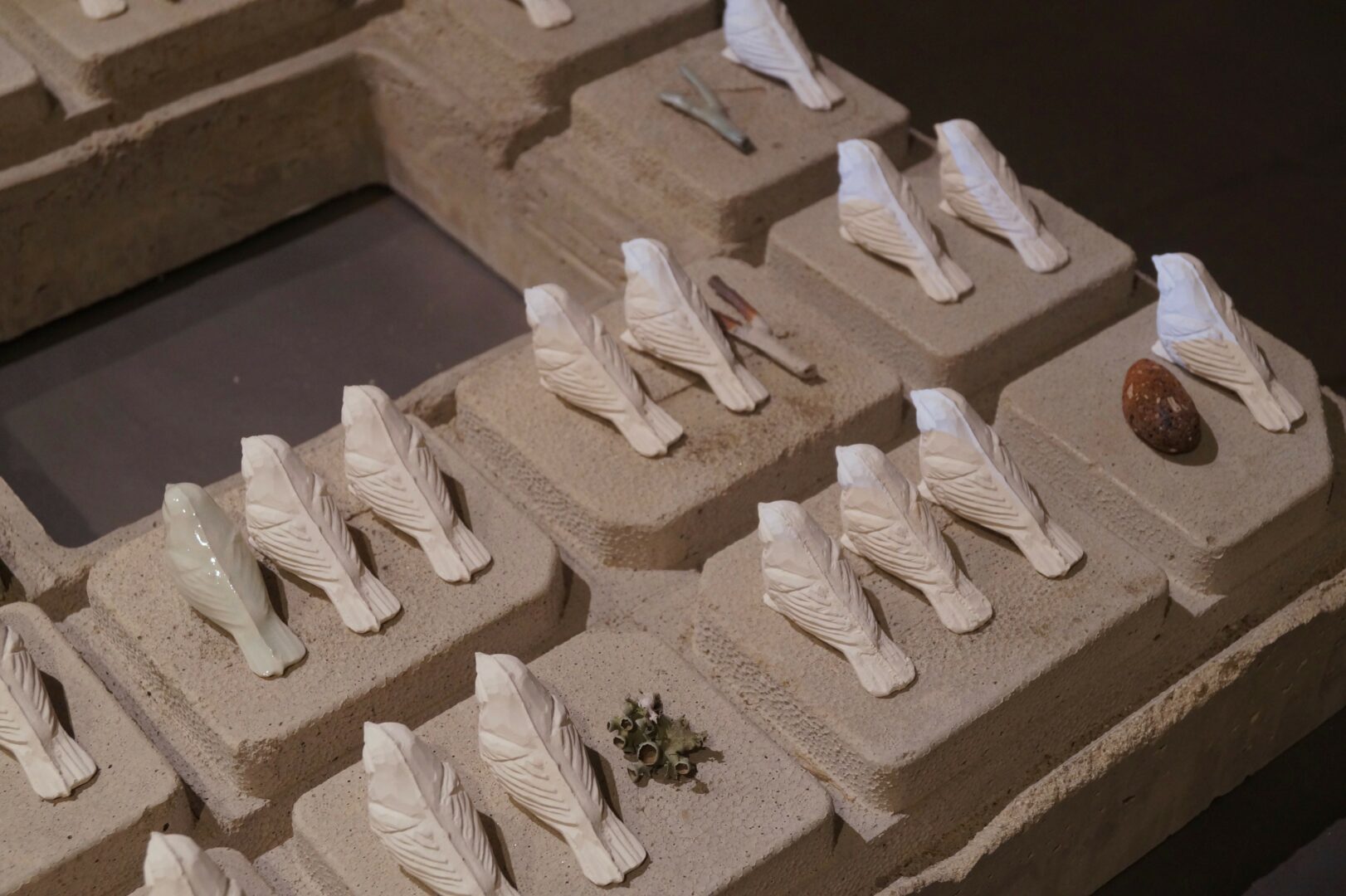
Thanks so much for sharing all these insights with us today. Before we go, is there a book that’s played in important role in your development?
One book that played a significant role in my development as an artist is “Art and Fear” by David Bayles and Ted Orland. I first read it in high school, over Spring Break during my senior year, just before creating my final portfolio for the year. The book was recommended by one of my instructors, and it profoundly shaped the way I approached my work. As a young artist, I often felt nervous about trusting my ideas or instincts. This book helped me gain confidence and embrace the uncertainty inherent in the creative process.
One quote that has always been inspirational to me is “To require perfection is to invite paralysis. The pattern is predictable: as you see error in what you have done, you steer your work toward what you imagine you can do perfectly. You cling ever more tightly to what you already know you can do, away from risk and exploration, and possibly further from the work of your heart. You find reasons to procrastinate, since to not work is to not make mistakes.”. This passage resonated deeply with me, encouraging me to let go of the need for perfection and to embrace risk and exploration instead. It helped me understand that the mistakes I made would help me improve my skills and inform future work.
Another quote that has stuck with me is “The seed for your next artwork lies embedded in the imperfections of your current piece. Such imperfections […] are your guides to matters you need to reconsider or develop further. It is precisely this interaction between the ideal and the real that locks your art into the real world, and gives meaning to both.”. This idea continues to ring true even over a decade since I first read the book. It reminds me that the imperfections in my work are not flaws to be erased but opportunities to explore new directions, leading to unexpected discoveries.
These insights from “Art and Fear” have helped me cultivate a practice that is open to experimentation, where I explore new processes and materials, while also combining them with familiar ways of making. The book helped teach me to be more patient with myself, especially during times of burnout or artist block, and to continue trusting the process, knowing that each stage of creation, however challenging, is a crucial part of making artwork.
Contact Info:
- Website: https://chloecomptonstudio.com
- Instagram: chloecompton22
- Linkedin: Chloe Compton
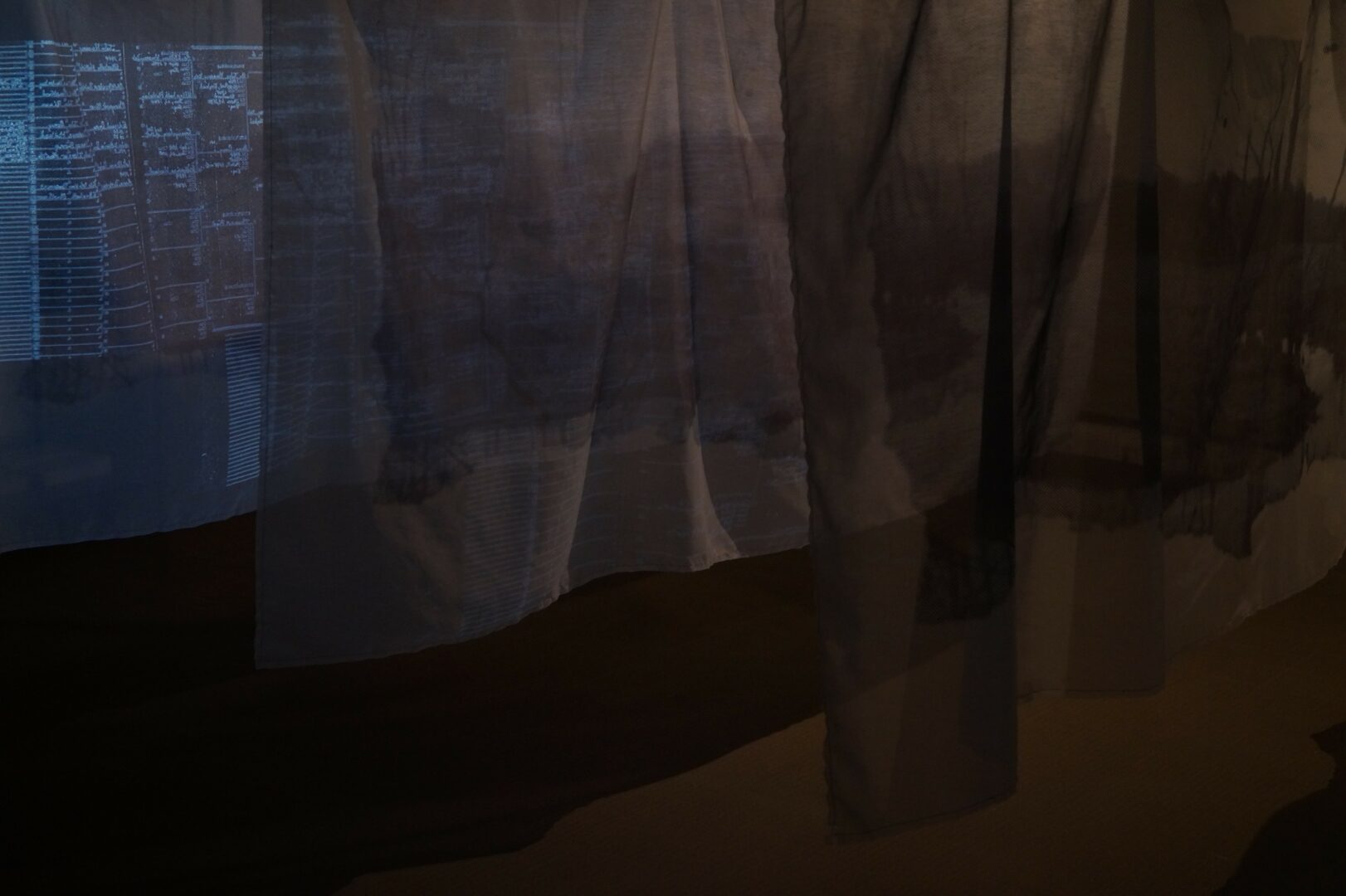
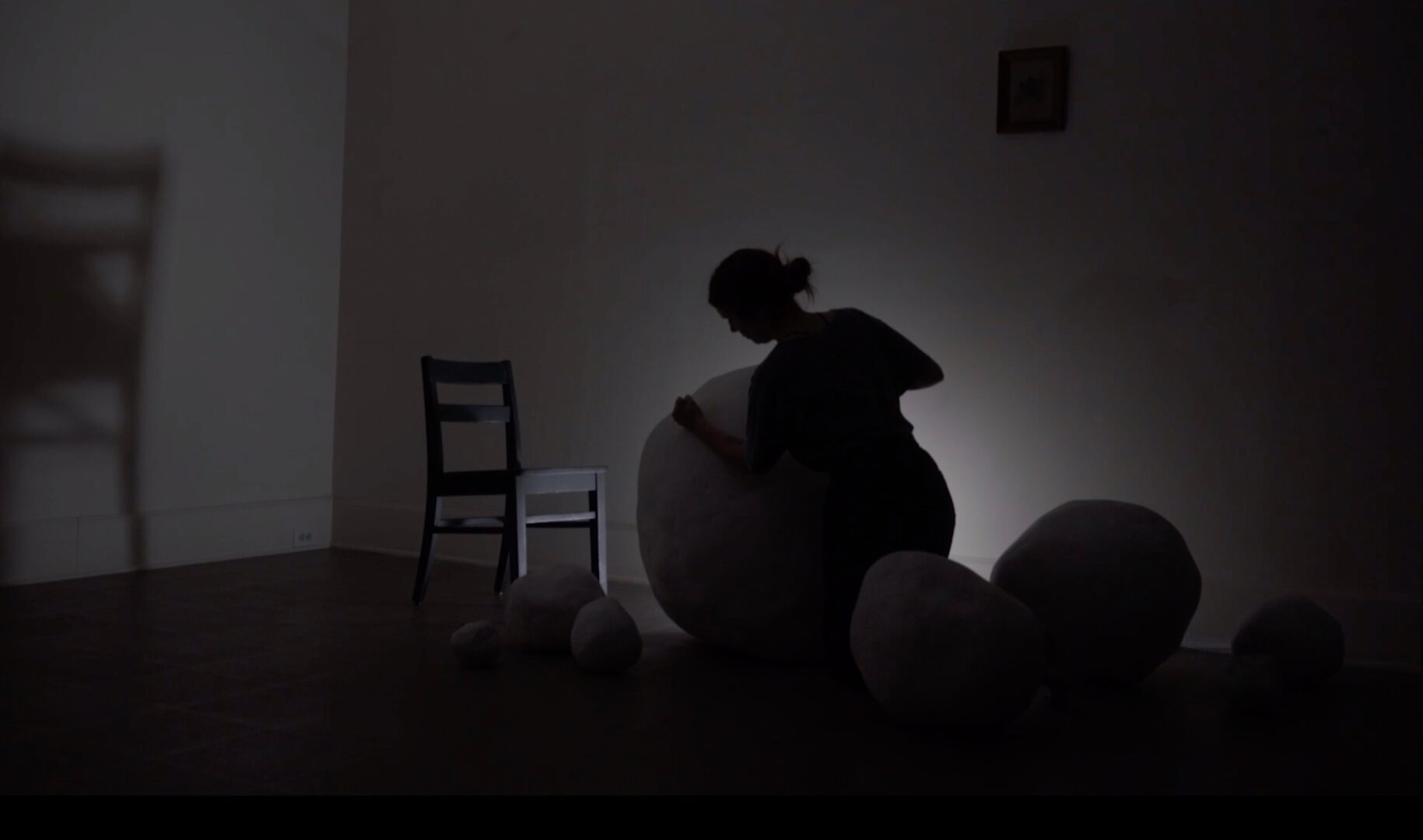


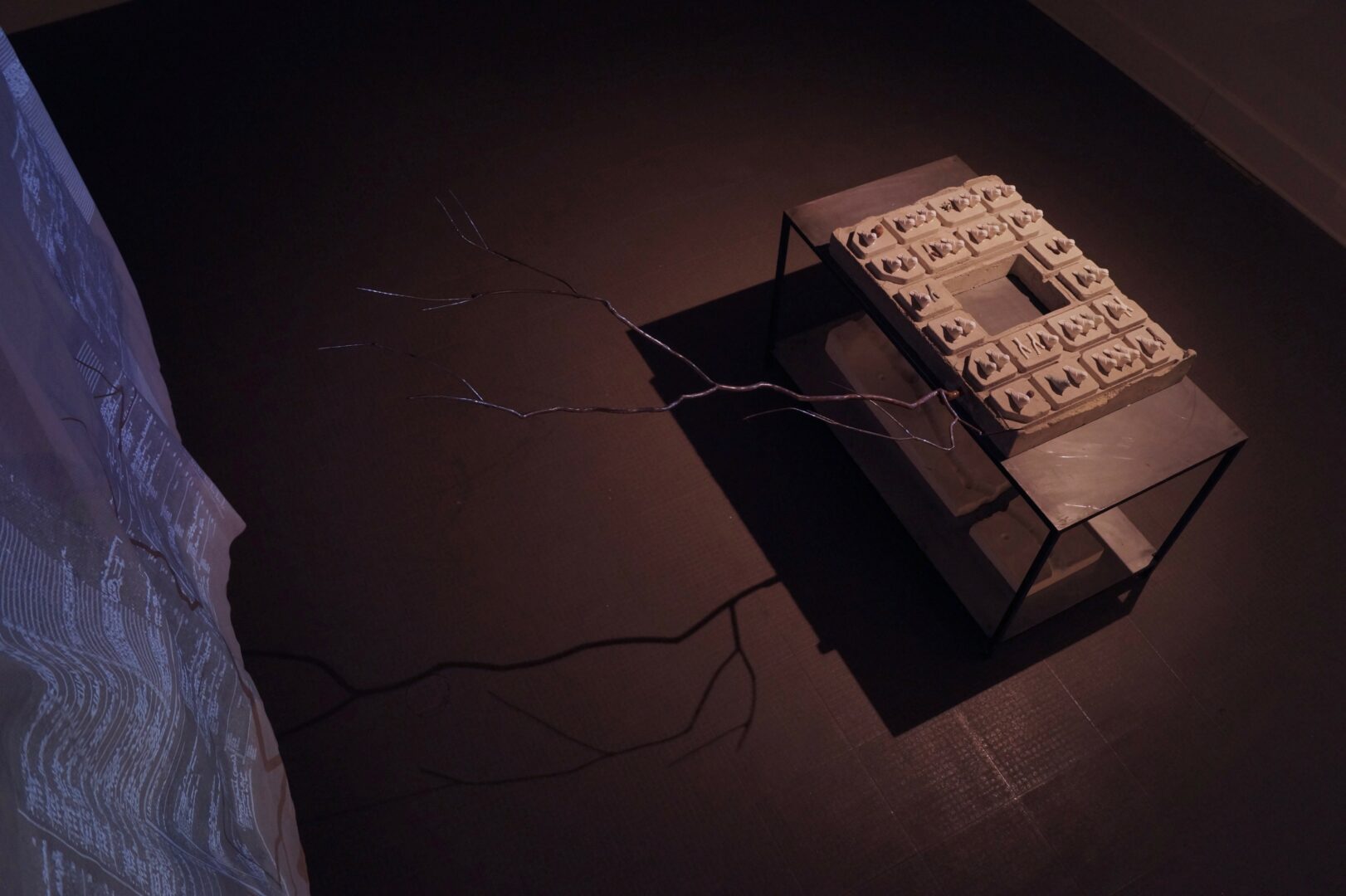

Image Credits
Lauren Gibson, Robb Webb, Chloe Compton
so if you or someone you know deserves recognition please let us know here.


